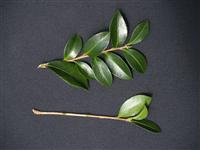 How do I become a professional propagator?
How do I become a professional propagator?
What skills do I need to work in a propagation nursery?
Skilled and knowledgeable propagators are, and will most likely, always be in high demand.
A 600 hour course designed principally for plant propagators. This course is similar to other VHT002 horticulture certificates in its introductory (core) units, but devotes 50% of the course to topics specifically related to plant propagation, dealing with hundreds of different types of plants, and methods used to propagate them.
Accredited through the International Accreditation & Recognition Council.
Use the link
below
('read more') to view more comprehensive details on this course.